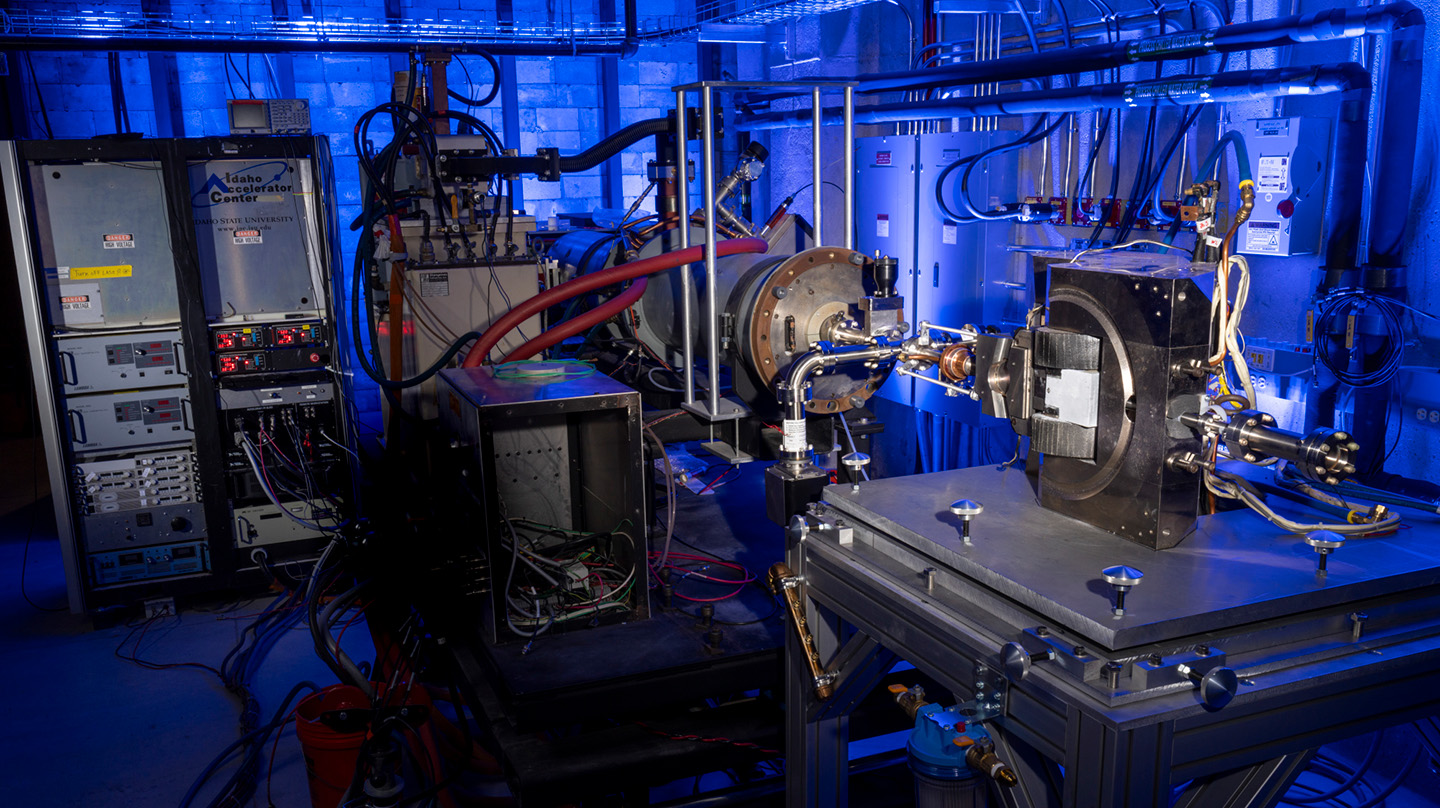Scientists at the Johns Hopkins Applied Physics Laboratory (APL) in Laurel, Maryland, have demonstrated a working capability that can radically accelerate the testing of qubits — the quantum computing equivalent of bits — accomplishing in a matter of minutes what has previously taken days or even weeks.
As quantum computers based on superconducting qubits have increased in capacity in recent years, a worrisome and recurring problem has emerged: a tendency for many qubits to suddenly and inexplicably fail all at once for a brief period of time. Effectively, the quantum computer stops being a quantum computer, in a crash of epic proportions.
Initial experiments led experts to believe that these spontaneous qubit collapses were due to ambient radiation, which comes from a variety of sources, including muons — produced when high-energy cosmic rays collide with atoms in the upper atmosphere — and terrestrial gamma rays produced by rock, soil and even concrete.
Terrestrial radiation is ubiquitous, well understood and easily shielded against. However, the impact of cosmic radiation on quantum systems has not been sufficiently studied, and doing so is challenging because the high-energy impact events that scientists need to observe occur at unpredictable intervals — seconds or even minutes apart.
“As superconducting quantum computing chips continue to increase in size, and as the algorithms increase in complexity, the sorts of ‘computer crashes’ generated by cosmic ray muons could become a true roadblock,” said , APL’s mission area executive for .
Until now, scientists have studied cosmic radiation by setting up quantum chips inside shielded cryogenic refrigeration systems, or “fridges,” deep underground with detectors underneath them, waiting for cosmic rays to strike. Attempts to increase the frequency of impact events by keeping a radiation source close to the fridges are of little practical use, as the events still occur unpredictably and relatively infrequently.
But there’s a better way, according to , assistant program manager of Alternative Computing Paradigms. APL is home to a linear accelerator that can be used to drive electrons to energy levels that simulate cosmic ray muons. That means that instead of simply waiting for cosmic rays to strike, APL scientists can actively reproduce them.
“The usual method for collecting data takes days or even weeks,” Schultz said. “We can reproduce those results in a matter of minutes. And we don’t have to comb through our data to identify impact events, because we’re producing the events ourselves.”
Schultz and the rest of the APL team, including lead scientists Alan Hunt, and Tom Haard, have demonstrated that the linear accelerator can be used to simulate not only cosmic rays but also terrestrial gamma radiation, making it a comprehensive solution for testing the impact of radiation on superconducting qubit chips.
McJunkin presented APL’s validated findings in detail at the 2024 Radiation Impact on Superconducting Qubits workshop held at Fermi National Accelerator Laboratory in Batavia, Illinois.
Schultz said this capability opens up new realms of research into the impact of radiation on qubit devices, and the team hopes to partner with others in the research community to help drive the field forward.
“We’ve effectively replicated everything that anyone else has ever done, and we’re ready to do more,” he said. “As other groups develop solutions to this problem, we have a rapid and reliable means to test those solutions.”


